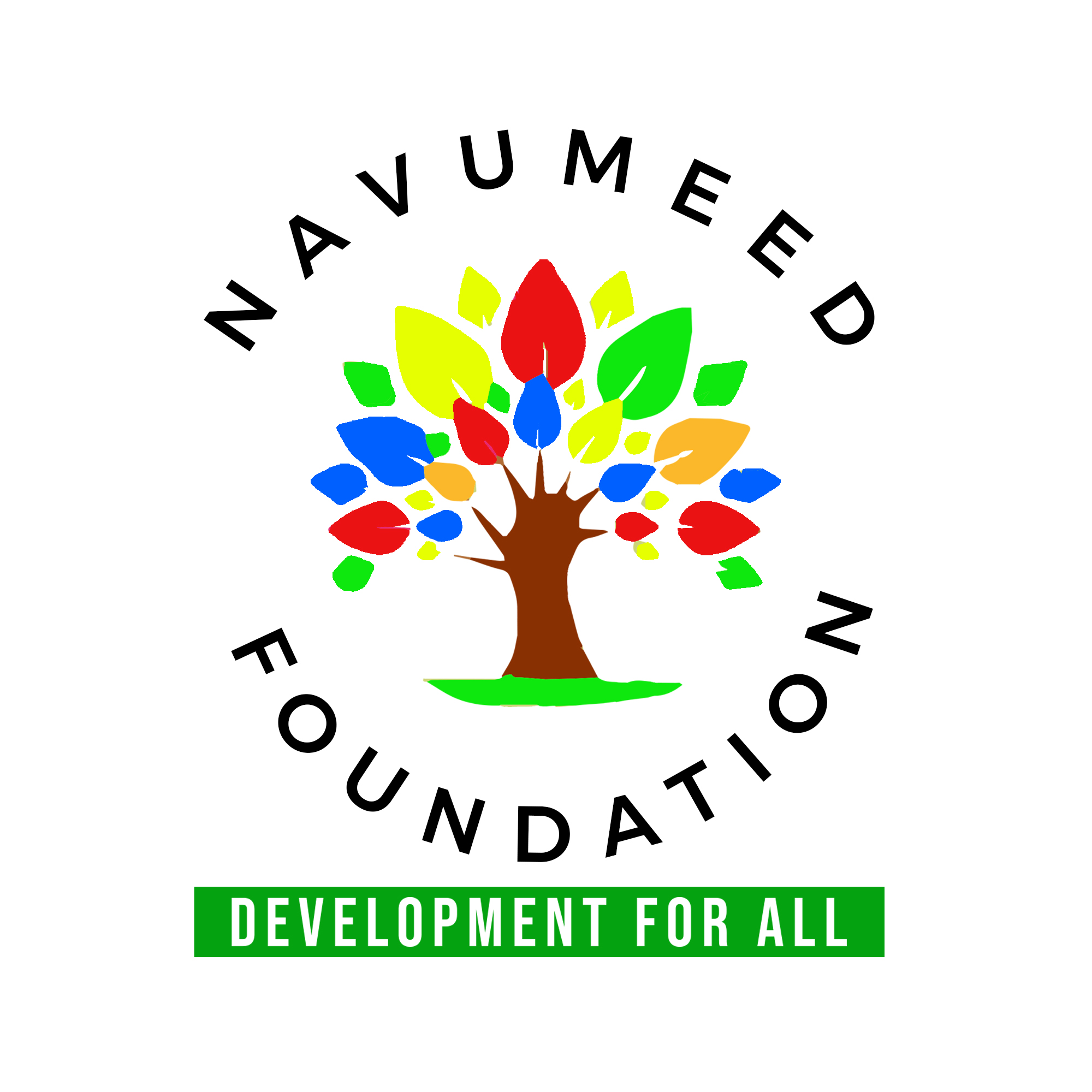Building Inclusive Cities: SDG 11 and the Future of Urban India
By Navumeed Foundation • The People Feed • August 2025
As India’s cities swell to accommodate millions more in the coming decades, the challenge is no longer about growth alone—it’s about equity, sustainability, and resilience. SDG 11 urges us to rethink urbanisation not as a race to build faster, but as a commitment to build fairer and greener.
Why SDG 11 Matters for India
India is projected to add nearly 416 million urban dwellers by 2050, with cities contributing over 70% of GDP [1]. Without inclusive planning, this growth risks widening inequalities, straining infrastructure, and degrading the environment. SDG 11—Sustainable Cities and Communities—provides a blueprint for balancing growth with inclusivity, accessibility, and sustainability.
“A city isn’t truly developed until every resident—regardless of income, gender, or background—can access its opportunities and share in its prosperity.” – Urban planner’s insight, 2025
Ground-Level Examples of Inclusive Urbanism
Affordable Housing Models
The Pradhan Mantri Awas Yojana (Urban) has sanctioned over 12 million houses, aiming to provide “Housing for All” by addressing affordability gaps for economically weaker sections [2].
Sustainable Mobility
Metro rail projects in cities like Pune, Kochi, and Ahmedabad are reducing commute times and emissions, while integrating last-mile electric rickshaw services to improve accessibility [3].
Urban Green Spaces
Bengaluru’s lake rejuvenation projects have turned polluted water bodies into public recreation zones, improving local climate resilience and biodiversity [4].
Policy Momentum
The National Urban Policy Framework and Smart Cities Mission are embedding sustainability into governance through citizen participation, ICT-enabled services, and climate-adaptive infrastructure [5].
India’s G20 Presidency in 2023 highlighted urban resilience as a global priority, linking SDG 11 to climate adaptation, disaster preparedness, and equitable service delivery [6].
Barriers to Achieving SDG 11
- Informal Settlements: Over 65 million Indians live in slums with inadequate sanitation, water, and safety [7].
- Infrastructure Gaps: Many Tier-2 and Tier-3 cities lack reliable public transport and waste management systems.
- Urban Climate Risks: Heatwaves, floods, and pollution disproportionately affect marginalised communities.
Scaling Solutions
- Integrated Planning: Align housing, transport, and climate action plans.
- Community Participation: Empower citizens through ward committees and participatory budgeting.
- Green Infrastructure: Promote rooftop solar, rainwater harvesting, and urban forests.
Email us: connect@navumeedfoundation.org
References & Further Reading
- UN World Urbanization Prospects, United Nations, 2022. ↩
- Pradhan Mantri Awas Yojana – Urban, Ministry of Housing and Urban Affairs, 2025. ↩
- Metro Rail and Sustainable Mobility Initiatives, MoHUA, 2025. ↩
- Lake Rejuvenation Projects, Bengaluru Urban District Administration, 2024. ↩
- Smart Cities Mission, Ministry of Housing and Urban Affairs, 2025. ↩
- G20 India Presidency – Urban Resilience Highlights, 2023. ↩
- Census of India – Urban Slum Report, 2011. ↩
